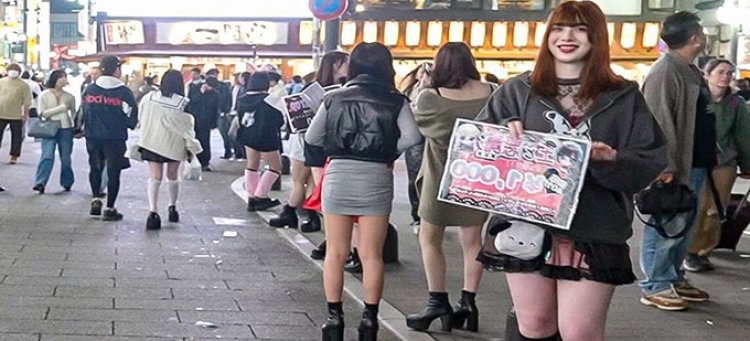Japan’s Homeless Teenage Girls — The Hidden World of “Toyoko Kids”
Behind Tokyo’s glittering skyline lies a darker, lesser-known reality. On the streets and near railway stations,

Behind Tokyo’s glittering skyline lies a darker, lesser-known reality. On the streets and near railway stations, one often finds groups of teenage girls locals call “Toyoko Kids.” The name comes from the area around the Tokyu Department Store in Shibuya, where these girls gather at night.
Who Are the “Toyoko Kids”?
Most of them are between 13 and 19 years old, girls who have either run away from home or receive little to no support from their families. Some flee domestic violence, some escape poverty, while others leave due to neglect. Japan is often seen as prosperous and orderly, yet the existence of these girls shows cracks in that polished image.
Life on the Streets
The Toyoko Kids have no permanent shelter and no stable income. To survive, many turn to dangerous and exploitative choices. Some manage part-time jobs, but others are drawn into “enjo kosai” (compensated dating), a practice widely criticized as exploitative and unsafe. This has become a growing social concern in Japan.
Government and NGO Efforts
In recent years, the Japanese government and NGOs have attempted to reach out to them. Temporary shelters, counseling programs, and hotlines have been set up. However, the challenge remains: many of these girls distrust officials. They fear being sent back to abusive homes or placed in situations they cannot control, which keeps them isolated.
The Role of Social Media
Interestingly, many Toyoko Kids are active on social media platforms like Twitter and Instagram. Some use them to ask for help or connect with peers, while others fall into riskier situations through online contacts. For them, social media can be both a lifeline and a trap.
Japan’s Hidden Side
The Toyoko Kids shed light on a side of Japan the world rarely sees. Internationally, Japan is often celebrated for its technology, discipline, and prosperity. Yet the lives of these homeless teenage girls reveal deep social fractures behind the country’s modern image.
A Question for Us Too
For countries like India, this story is a reminder. In rapidly urbanizing societies, when families weaken under pressure, children are often the first casualties. The question is: are we prepared to prevent our own version of “Toyoko Kids”?






















